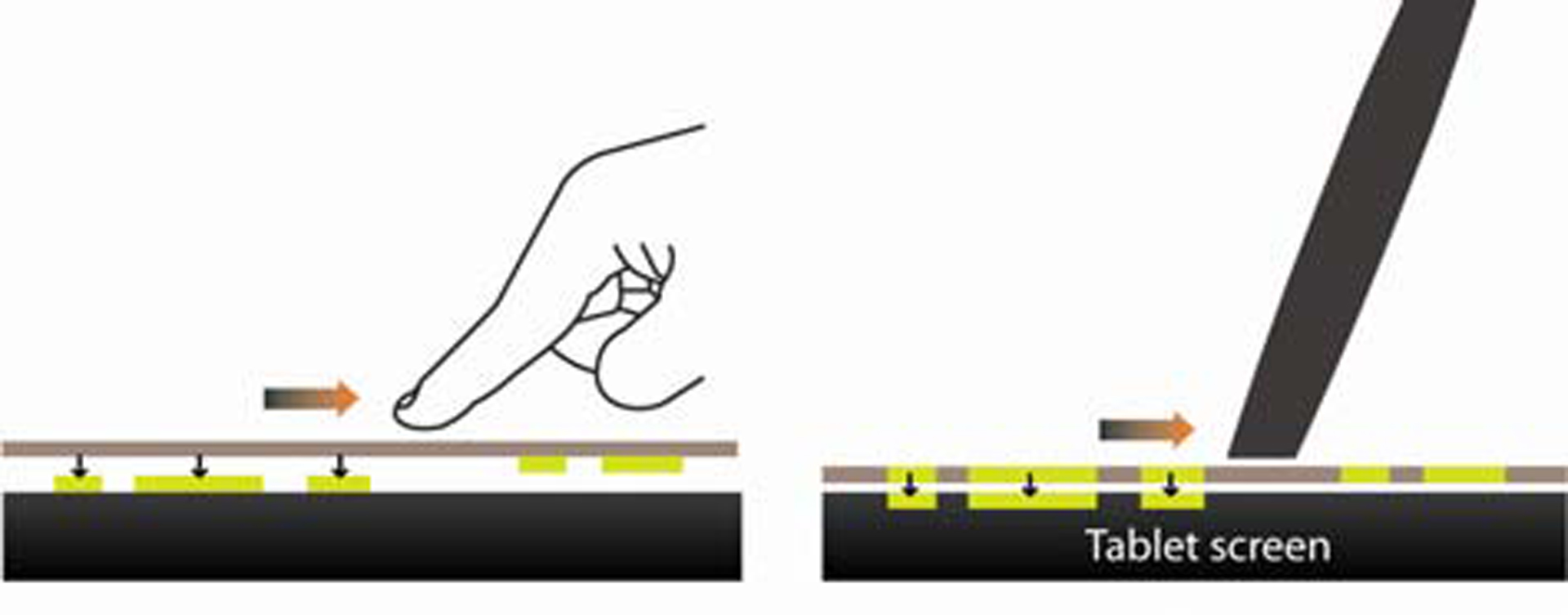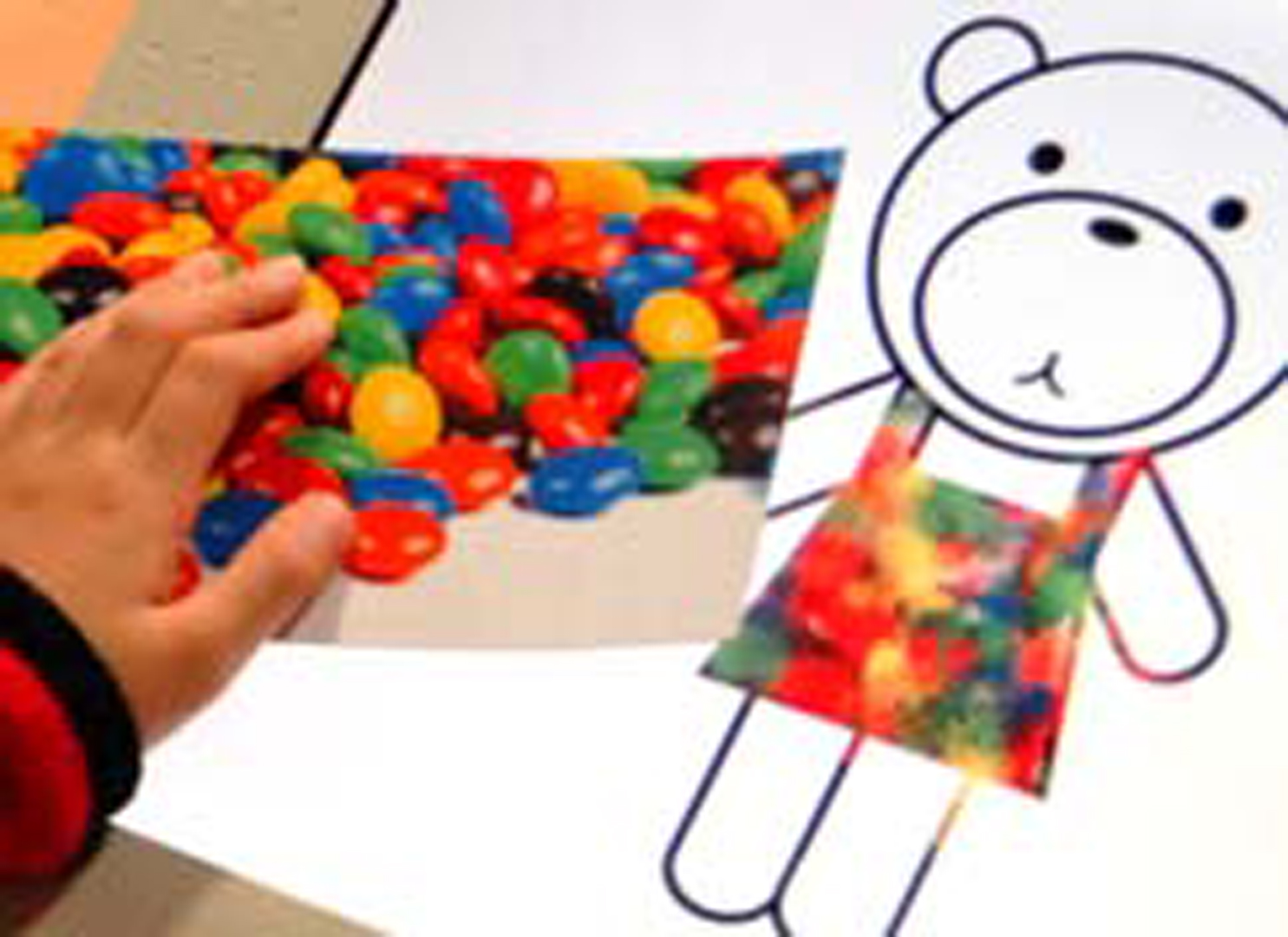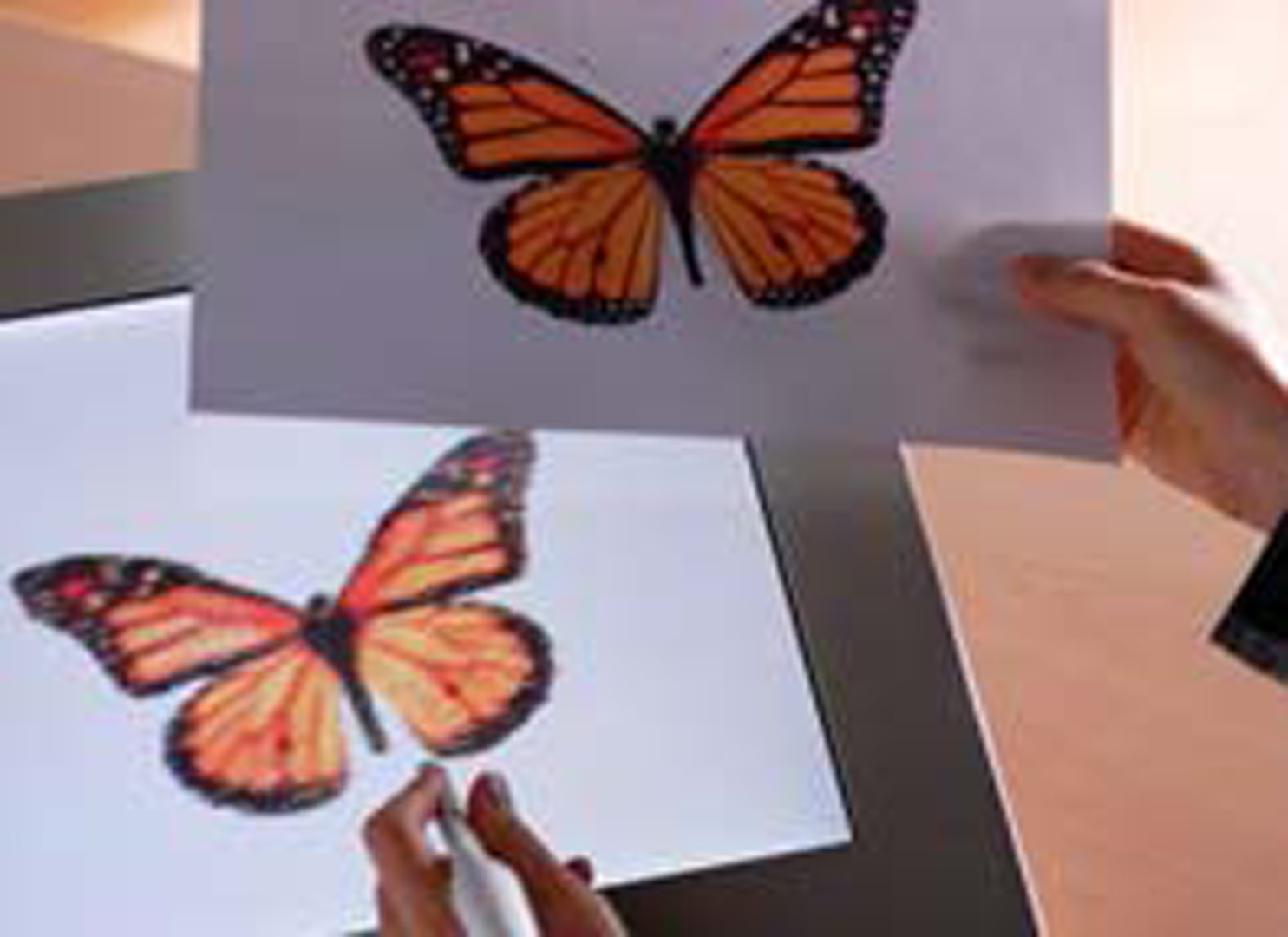“Digital Decal” by Lee, Lee, Song, Lee and Kim
Notice: Pod Template PHP code has been deprecated, please use WP Templates instead of embedding PHP. has been deprecated since Pods version 2.3 with no alternative available. in /data/siggraph/websites/history/wp-content/plugins/pods/includes/general.php on line 518
Conference:
- SIGGRAPH 2009
-
More from SIGGRAPH 2009:
Notice: Array to string conversion in /data/siggraph/websites/history/wp-content/plugins/siggraph-archive-plugin/src/next_previous/source.php on line 345

Notice: Array to string conversion in /data/siggraph/websites/history/wp-content/plugins/siggraph-archive-plugin/src/next_previous/source.php on line 345

Type(s):
Entry Number: 09
Title:
- Digital Decal
Presenter(s):
Description:
Decal, short for ‘decalcomania’, is a technique of transferring graphic images from specially prepared paper to another surface upon contact. It was popularized as a decorative technique for ceramics during the 1870s. The technique was also frequently used by the Surrealists. Presently, decals are widely used for instant lettering, tattoos, and pictograms. With the simple action of rubbing, graphic images can be quickly transferred to a variety of surfaces. This motivated us to ask the following question: “Can we apply the direct and playful image transfer method of decals to pen-based computing?” Our response to this is the concept of ‘digital decal’. With digital decal, ordinary paper replaces special decal films. The user can simply place a sheet of printed paper on the tablet screen, and then rub on it with a pen. The rubbed image is transferred directly to the screen in the same manner as with a traditional decal (Figure 1). Furthermore, any thin material such as colorful fabrics or leaves also can be used in place of paper.
Other Information:
References
Ryokai, K., Marti, S., and Ishii, H. 2004. I/O brush: drawing with everyday objects as ink. In Proceedings of the SIGCHI Conference on Human Factors in Computing Systems(Vienna, Austria). CHI ’04. ACM, New York, NY, 303-310.
Lee, W., Pak, J., Kim, S., Kim, H., and Lee, G. 2007. TransPen & MimeoPad: a playful interface for transferring a graphic image to paper by digital rubbing. In ACM SIGGRAPH 2007 Emerging Technologies (San Diego, California). SIGGRAPH ’07. ACM, New York, NY, 23.
Additional Images:








